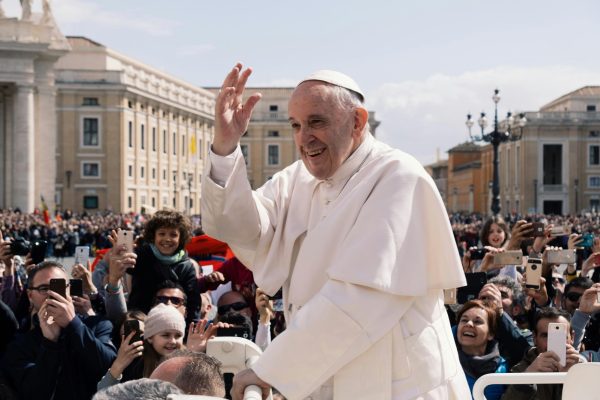Brother of boy in iconic photo of Syrian struggle dies 3 days after airstrike
The recent air strikes in Algerro, Syria have struck the hearts of people across the globe with the powerful image of young Omran Daqneesh covered in ash and blood. The now famous photo shows Daqneesh sitting in an ambulance in complete apparent shock regarding what he had just lived through. As soon as the image was taken, it spread like a wildfire, allowing those far from the situation in Syria to attempt to sympathize with its impact on the Syrian people.
What most of the media failed to realize as they discussed the iconic photo was that Daqneesh had family who were still stuck in the post-air strike rubble, and Daqneesh’s brother did not survive.
“Omran … is still alive, and God willing will continue his life in better conditions than the ones he is living in now,” said Dr. Abu Rasoul in an interview with CNN. Rasoul was one of the doctors who treated the deceased. “His brother, whose photo was not taken — no one mentioned him — he died, and he is by God’s side now.”
Omran’s brother, Ali, was not at home at the time of the air strikes, according to CNN. He was outside playing with friends in the street. He was unable to escape his fate as the strikes began, and he passed away in the hospital later that day.
“He was in critical condition for the past three days and passed away this morning,” said Yousef Saddiqu, the director of the Aleppo Media Center, on Tuesday. “His mother is still receiving medical care because she is also in critical condition.”
“He was martyred while in the hospital as a result of the same bombardment that their house was subjected to,” said local council spokesman Besher Hawi in an NPR interview.
Since his death, Omran’s image became a symbol for Syria’s suffering, rather than Ali. Many are criticizing the heavy use of Omran’s image without mention of Ali, saying that the use of Omran’s image is creating a false sense of reality.
“Omran became the ‘global symbol of Aleppo’s suffering,’ but to most people he is just that – a symbol. Ali is the reality: that no story in Syria has a happy ending,” said Kenan Rahmani, a Syrian activist with The Guardian.
The negative criticism of the image continues to be spoken about by activists, doctors, and especially citizens of places in Syria, like Aleppo. In an interview with The Guardian, a mother of two in Aleppo stated that they are grateful for the world’s tears, but action against the opposition, and an end to the war, would do them more good.
The hope is that Westerners will turn their attention from the Islamic State and look at the same damage and affliction caused by government officials unintentionally on their own civilians.
“We don’t want the world to know we are dying as civilians here. That is not enough. We want the world to know who is killing us, who is targeting us,” an English-language professor at the University of Aleppo told The Guardian.










